Water leaks can cause serious damage before you even notice them. Whether you see a damp spot on the wall or hear dripping behind the ceiling, learning how to find water leak in house is one of the most important home maintenance skills a homeowner can develop. At Icon Home Inspectors of Cleveland, we help homeowners identify leaks early, saving them thousands in potential repairs.
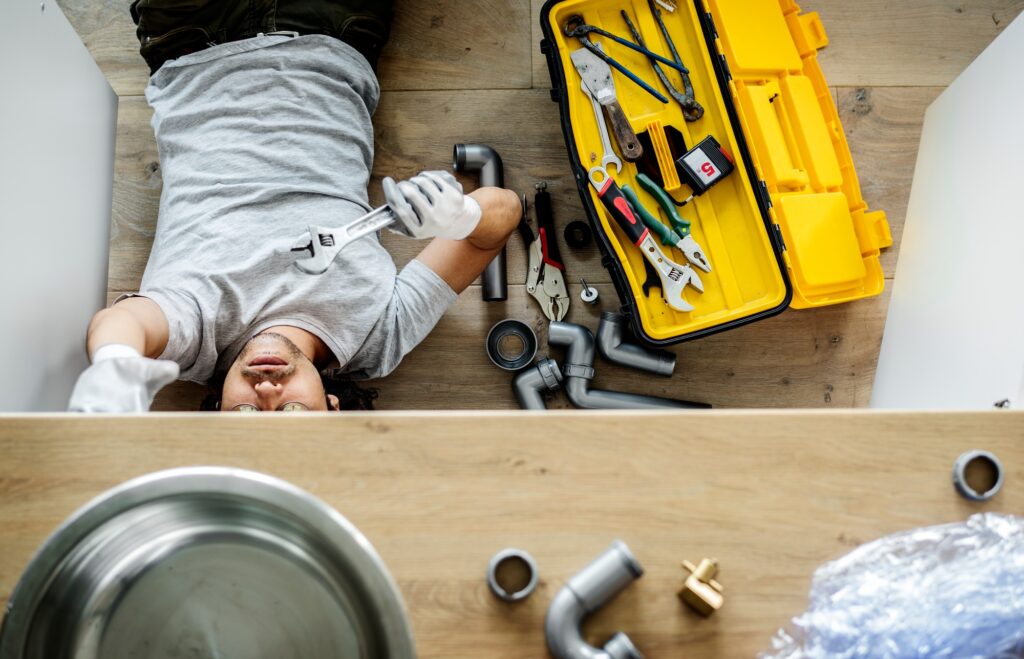
Why Water Leaks Are a Serious Problem
A small leak may not seem like a big deal, but over time, it can cause major damage to your home’s structure and foundation. Leaks lead to mold growth, warped flooring, damaged drywall, and even electrical hazards. According to the EPA WaterSense Program, household leaks waste nearly one trillion gallons of water every year across the United States. That’s not just bad for your wallet—it’s bad for the environment too.
Fortunately, most leaks leave clues. If you know what to look for, you can often spot them before the damage spreads. Here’s a complete guide from the experts at Icon Home Inspectors to help you track down leaks in your home.
Start by Checking Your Water Meter
The easiest way to confirm whether you have a hidden leak is to check your water meter. First, turn off all water-using appliances and fixtures in your home. Make sure no one uses water during this test. Then, note the current meter reading. Wait 30 minutes and check again. If the reading has changed, water is escaping somewhere in your system.
For larger leaks, the change will be obvious. For slow leaks, you may need to wait a few hours or overnight. Either way, the meter test provides a clear first step in locating unseen leaks.
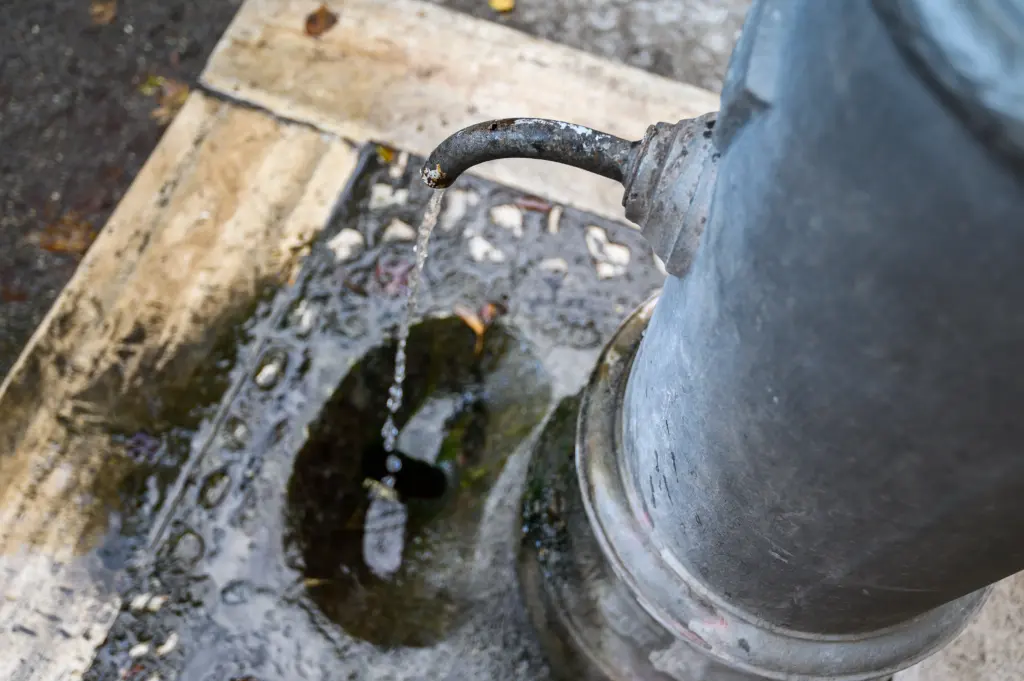
Inspect All Visible Plumbing
Once you’ve confirmed there’s a leak, it’s time to start looking. Begin with the plumbing you can see: under sinks, around toilets, and near your water heater. Look for dripping pipes, pooled water, or mineral buildup that indicates a slow leak. Even a small crack or loose connection can cause long-term damage if left untreated.
If you notice corrosion or water stains around fittings, call a professional inspector from Icon Home Inspectors. We can perform a full evaluation using specialized moisture detection equipment.
Look for Signs of Hidden Leaks in Walls or Ceilings
Leaks inside walls or ceilings can be tricky to find. Watch for peeling paint, bubbling drywall, musty smells, or unexplained dampness. These are signs water may be running where it shouldn’t. A thermal imaging camera, often used in professional inspections, can detect temperature differences that reveal water buildup behind surfaces.
If you suspect a hidden leak, it’s best not to start cutting into walls yourself. Contact a qualified home inspector who can pinpoint the source without unnecessary damage.
Check Floors, Baseboards, and Crawl Spaces
Floors and baseboards can tell you a lot about leaks. Wood flooring may start to warp or discolor, while tile may loosen as moisture seeps beneath it. Check baseboards for swelling, staining, or separation from the wall. In basements or crawl spaces, look for standing water or mold growth.
Basement leaks are often linked to plumbing issues, foundation cracks, or improper drainage. A detailed inspection from Icon Home Inspectors can determine whether the issue originates from inside plumbing or groundwater intrusion.
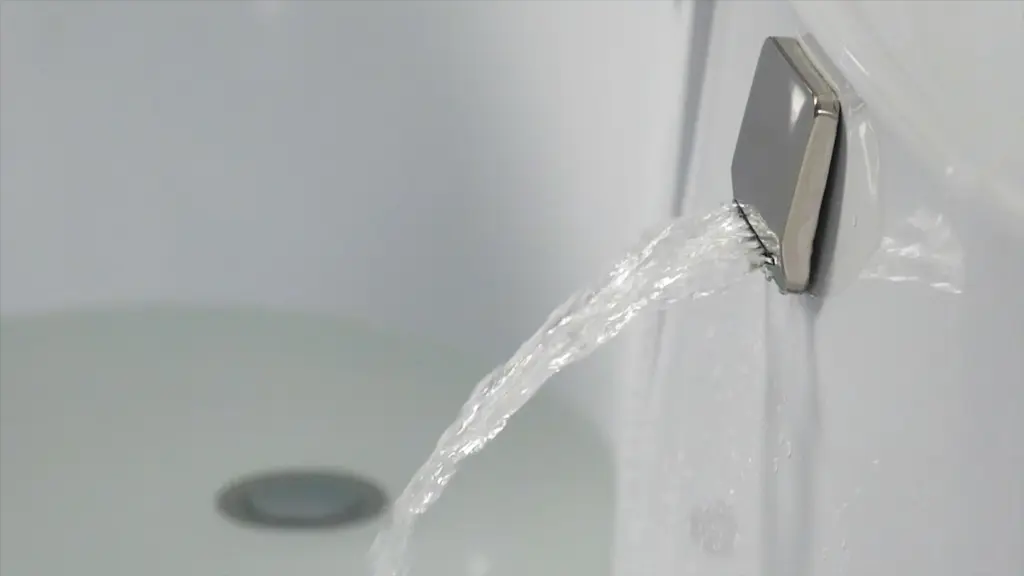
Monitor Your Water Bill
If your water usage suddenly increases without explanation, that’s a strong sign of a leak. Compare your current bill to previous months. Even a small leak can waste hundreds of gallons of water a month. Tracking your bills can help you catch leaks that don’t produce obvious symptoms.
According to the American Society of Home Inspectors (ASHI), changes in utility costs are one of the most overlooked signs of hidden water damage. Regular inspection and monitoring prevent long-term structural damage and costly repairs.
Test Toilets and Faucets
Toilets are one of the most common sources of water loss in homes. To test for leaks, put a few drops of food coloring into the toilet tank and wait about 20 minutes. If the color appears in the bowl without flushing, you have a leak in the flapper or fill valve.
For faucets, dripping is the obvious giveaway, but also check around the base where water can pool unnoticed. Replacing worn washers or seals often solves the problem quickly and inexpensively.
Examine Outdoor Plumbing and Irrigation Systems
Leaks aren’t limited to indoor spaces. Outdoor faucets, hoses, and sprinkler systems can waste significant amounts of water if they’re cracked or improperly sealed. After running your irrigation system, walk around your yard to look for soggy patches or areas of unusually green grass. These can indicate underground pipe leaks.
If you have a pool, monitor the water level closely. While some evaporation is normal, excessive water loss may signal a leak that requires professional testing. You can read more about this in our article on how much water loss in a pool is normal.
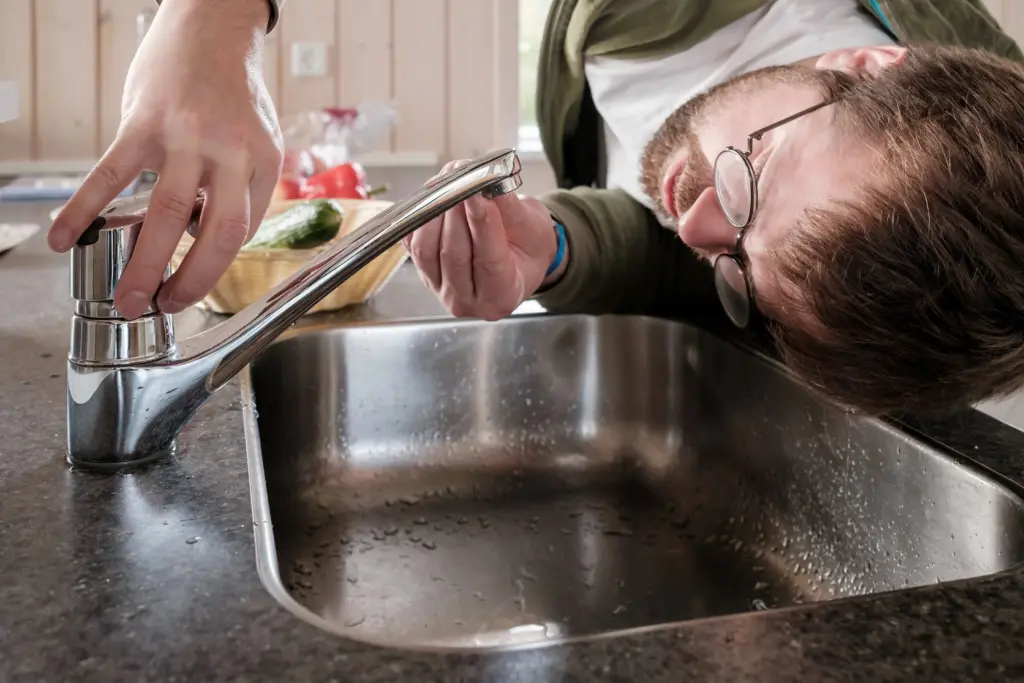
Use Your Senses
Sometimes your senses are your best tools. A musty odor often means mold or mildew caused by moisture. Listen for hissing, dripping, or rushing sounds in walls or under floors. Even if you can’t see water, sound can guide you toward the source.
Be especially alert in rooms with plumbing—kitchens, bathrooms, laundry rooms, and basements. Water takes the path of least resistance, so a wet spot on the floor might not be directly under the leak source.
Don’t Ignore Mold or Mildew Growth
Mold growth is a clear sign of a moisture problem. If you find mold spreading in your basement, around windows, or behind furniture, it’s time to look deeper. Even minor mold issues can indicate hidden leaks inside walls or ceilings. For more detailed information, check our article on how to tell if you have mold in your home.
In cases where mold keeps returning after cleaning, the moisture source hasn’t been fixed. Identifying and repairing that leak is the only way to stop it permanently.
Call a Professional Home Inspector
Some leaks are too hidden or complex for homeowners to locate. Professional inspectors like the team at Icon Home Inspectors use advanced tools such as infrared cameras, moisture meters, and pressure testing equipment to identify even the smallest leaks. We follow industry standards set by ASHI to ensure every inspection is thorough and accurate.
Professional leak detection not only finds the immediate issue but can also uncover early warning signs of plumbing failures, foundation cracks, or roof damage that may lead to future leaks.
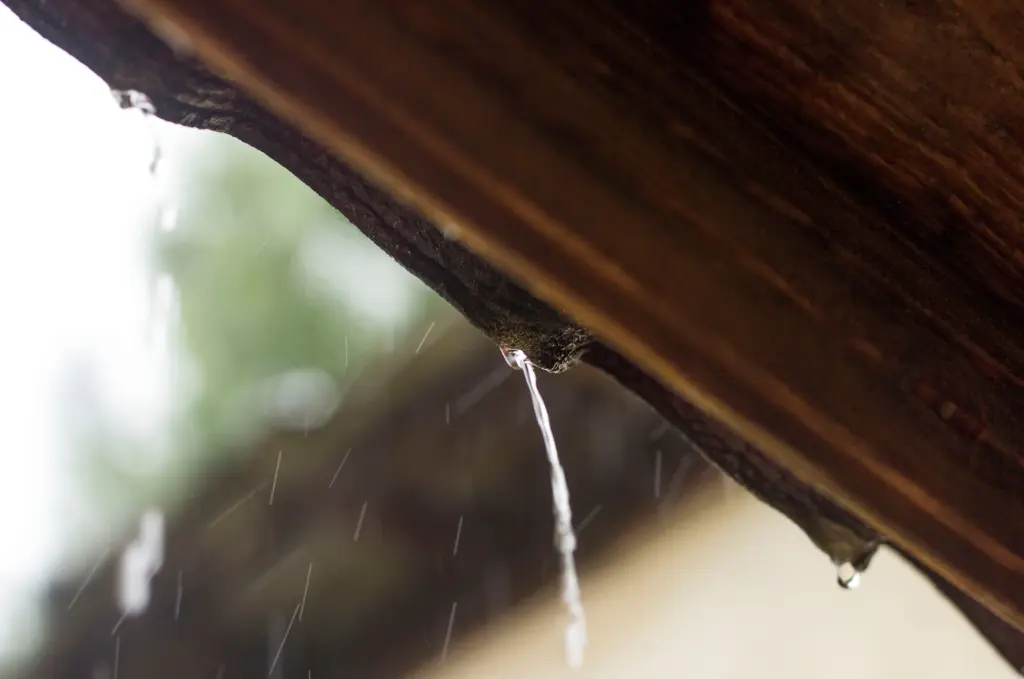
Preventing Future Water Leaks
Finding a leak is only part of the job—preventing it from happening again is just as important. Schedule regular maintenance for your plumbing system, inspect your home after severe weather, and check water-using appliances for wear. Install leak detectors near water heaters, washing machines, and under sinks to receive alerts before damage occurs.
Icon Home Inspectors offers comprehensive inspection services to keep your property safe, dry, and structurally sound year-round.
Final Thoughts
Knowing how to find water leak in house can save you thousands of dollars in repair costs and prevent major structural damage. By staying alert to signs like water stains, mold, unusual odors, or rising water bills, you can catch leaks early. And when in doubt, trust professionals who have the tools and expertise to locate the problem accurately.
For residents in Cleveland and surrounding areas, Icon Home Inspectors is your local partner in protecting your home. Our trained team is ready to help you identify and repair